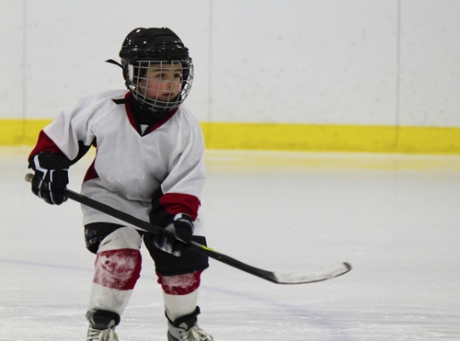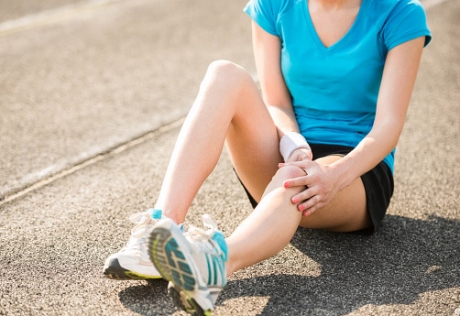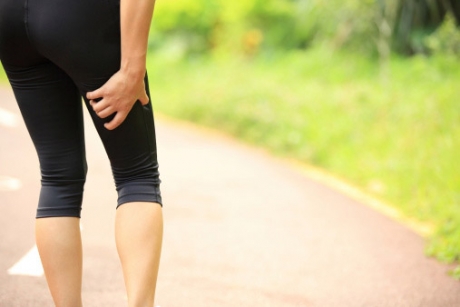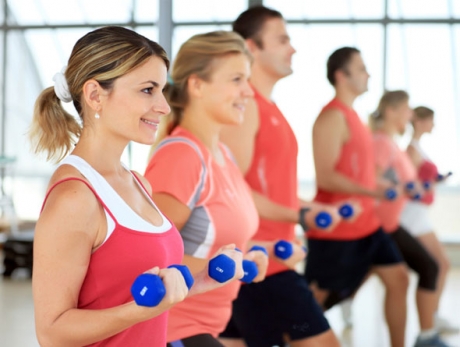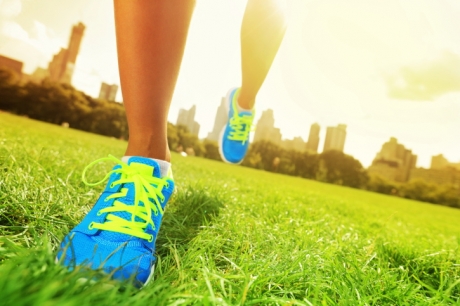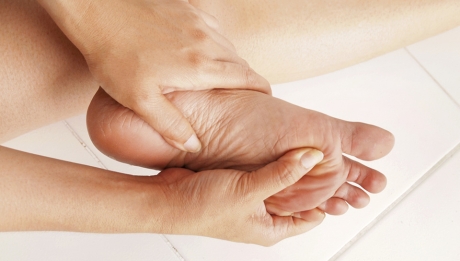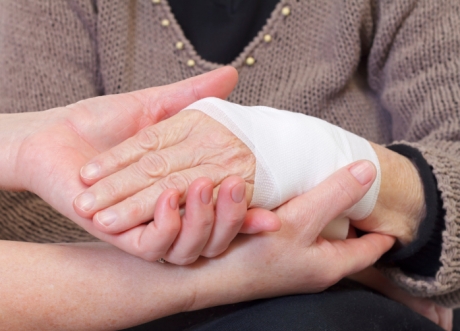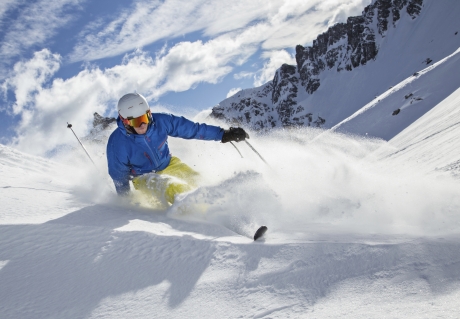Everyone agrees that team sports are terrific for children. They teach sportsmanship, cooperation, and how to have fun on the playing field.
Your child may be a budding soccer player or a seasoned high school athlete. Regardless of where he/she falls on the youth sports continuum, there are steps all parents should take to keep their youngster safe and happy.
According to the Centers for Disease Control, high school athletes account for an estimated two million injuries, 500,000 doctor visits and 30,000 hospitalizations each year. Not only are youth athletes injuring themselves playing sports more often, but the types of injuries and the magnitude of injuries that we are seeing have changed – for the worse.
More youth athletes are suffering from injuries that previously would have only been seen in professional level athletes. Overuse and serious acute injuries are becoming more common. As the intensity and demands of youth sports continue to rise, young athletes are more vulnerable than ever to these types of injuries.
THE RIGHT EQUIPMENT
Don’t skimp on equipment. While there is no reason not to buy second-hand sports equipment, make sure it meets current safety standards.
All sports equipment should fitcorrectly. Have your child try it on before you buy it and make sure it fits and is properly fastened. Encourage your child to take it off and put it back on in the store so that he/she knows exactly how to do it.
Don’t buy second-hand athletic shoes. These should be well cushioned and custom fitted to the child’s feet. Make sure you get the right type of shoe for the sport.
Be vigilant about insisting your child wearhis/her equipment.
TRAIN SENSIBLY
If the coach has outlined a training schedule, make sure the young athlete adheres to it. Don’t let him/she overdo — Coach knows best.
Parents should review training plans to make sure that the coach follows safety procedures. If you have questions, speak to the coach.
Stretching is important before and after a workout. Children and teenagers feel invulnerable and often skip this crucial step.
Make sure your child drinks plenty of water before, during, and after training and practices. This may sound obvious when it is still warm outdoors but should not be ignored when the weather cools down.
AVOIDING INJURIES
In addition to pre-participation physicals, there are some simple steps that youth athletes, as well as their parents and coaches, can take to help minimize sports injuries. Most common overuse injuries result from the sudden increase of activity in intensity and/or duration. Cross-training and fitness training during the off-season help the body become acclimated to vigorous athletic activity which can effectually minimize the stress on the body at the start of a season.
Once an athlete is engaged in competitive play, careful stretching and cool-down should be a regular part of the game-day routine. With every sport, correct form and technique should be taught, encouraged and reiterated to youth athletes. Proper hitting form and techniques, core strength and body positioning will help reduce the likelihood of an overuse or traumatic injury. Coaches and parents should make sure that their athletes are properly fitted with uniforms, pads and helmets. Athletes should speak regularly with a certified athletic trainer or sports medicine physician if they or their parents have any concerns about injuries or injury prevention before beginning any fitness program.
Sports injuries are an increasing concern with youth sports in this country. But by educating our youth and their families we can all help to make this season a safe and fun one.
WHEN YOUR CHILD IS INJURED
Most sports injuries among young athletes are sprains and strains. Fractures account for only about five percent of injuries, experts report.
Regardless of this, any injury should be treated seriously. Consult an orthopedic physician and do not let your child “play through” an injury. Make sure the injury is completely healed before your child heads back to the playing field.
Team sports, whether they are organized by the school, your town’s recreation department, or a parents’ co-op, are great fun for all children from about age six on. With a little help from their parents, kids can complete a safe and successful season!

